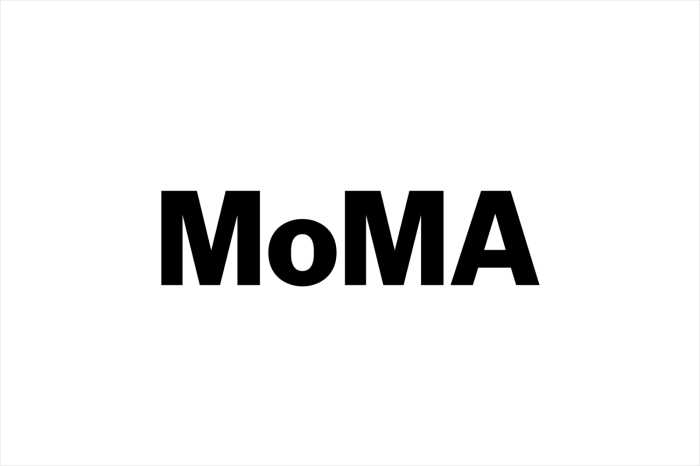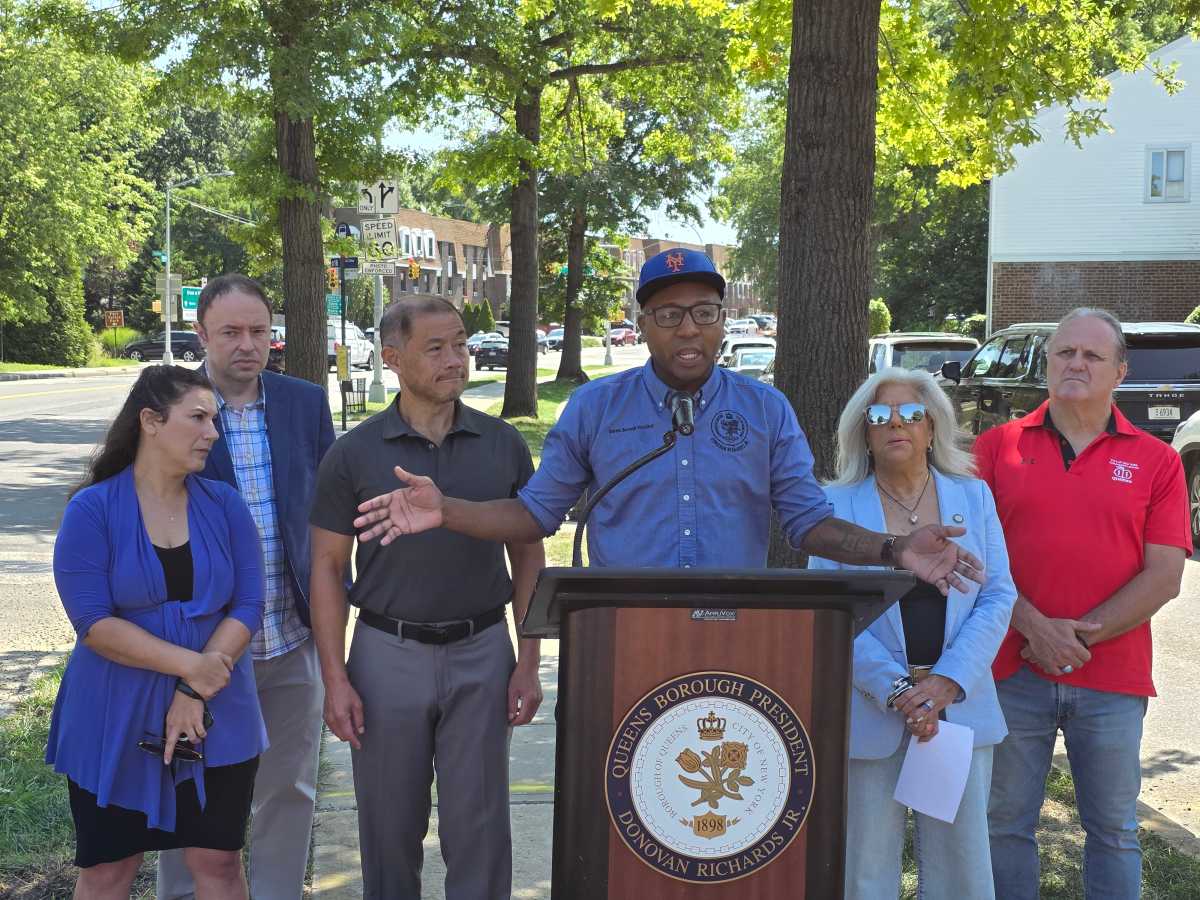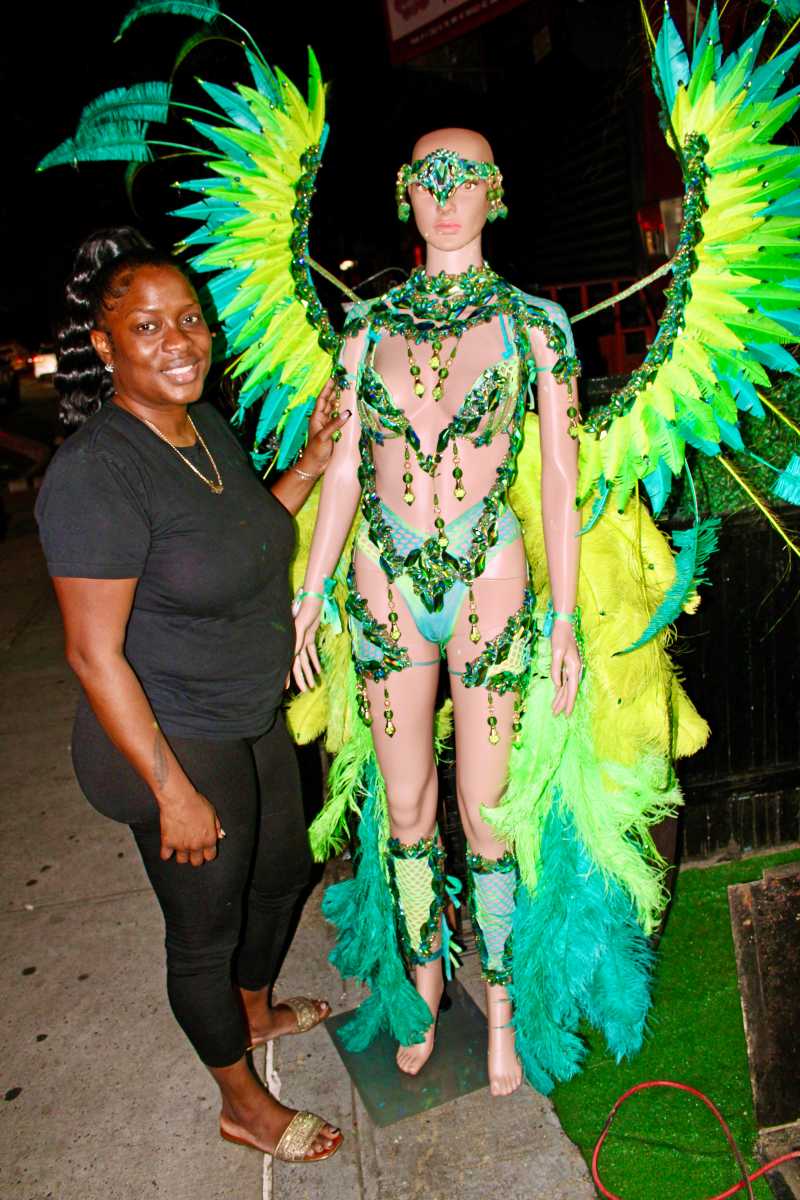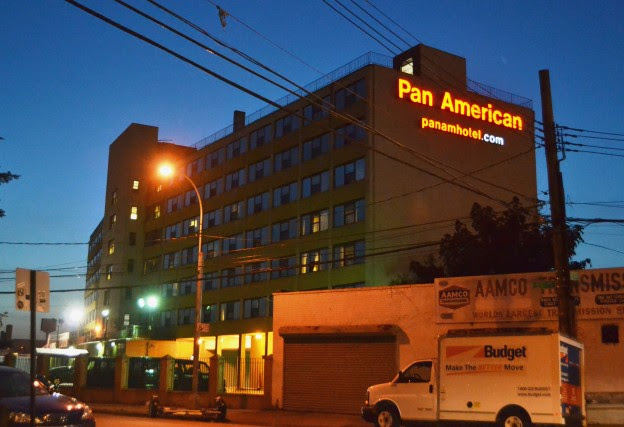By Albert Amateau
After two years of tense negotiations, the tenants association and the owner of the West Village Houses last week signed an agreement, joined by the city Department of Housing Preservation and Development, that would allow the association to form an affordable non-eviction co-op.
Mayor Michael Bloomberg and more than 100 tenants and neighbors gathered on May 20 to witness Katy Bordonaro, the tenants association president, and Jeffrey Cohen, a partner in the ownership of the complex, sign the agreement-in-principle intended also to keep rents below market rate for residents who do not buy into the co-op.
The agreement relieves much of the anxiety over the 300 percent rent increases that loomed two years ago when Island Capital Group, the landlord general partner, declared that it would take West Village Houses out of the state-sponsored Mitchell-Lama program.
Bordonaro told the cheering crowd that the Bloomberg administration’s contribution to the agreement was crucial and that Shaun Donovan, appointed H.P.D. commissioner in April, played a key role.
“We’ve been in negotiations for two years and along came a brand new commissioner and boom — here we are today,” Bordonaro said.
Donovan, who invoked the name of Jane Jacobs whose efforts in the 1960s led to the creation of West Village Houses, said the agreement was an indication of the Bloomberg administration’s commitment to affordable housing.
However, details of the agreement are still to be worked out. The cost of shares in the co-op and the inevitable increases to renters are still only estimates. For renters, the immediate increases are likely to be around 50 percent and the purchase price of a two-bedroom apartment will be an estimated $267,000, Bordonaro said.
Under the agreement, the owners will sell the 420-unit complex to the tenants at a discount from market value and make other concessions. Bordonaro estimated the cost to the tenants association at $116 million. The city’s contribution includes forgiving roughly $19 million in interest on the city’s mortgage loan. The Bloomberg administration will also ask the City Council to approve a tax exemption for West Village Houses that will maintain the tax abatement at its current Mitchell-Lama level for 12 years.
“We’ll definitely get it passed,” said City Councilmember Christine Quinn, referring to Council approval of the tax exemption.
The agreement also commits the future co-op to establishing its own subsidy fund to protect those low-income residents who do not buy their apartments from overwhelming rent increases. Bordonaro estimated that for the next 12 years at least, subsequent rent increases would be close to guidelines for the city’s rent-stabilized tenants.
The entire package, however, requires that more than 50 percent of West Village Houses tenants buy into the co-op. Tenant association leaders were confident that enough West Village Houses residents would agree to join the co-op, but some residents at the May 20 event were uncertain.
“Nobody’s talking about the numbers yet,” Cal Pozo, a West Village Houses resident since 1975, said, noting that the cost to co-op members and renters is not yet definite.
“I plan to move. None of the deals sound good to me — that’s how I feel now but it could all change,” said Russ Kane, a resident since 1977.
Still, the consensus appeared positive.
“I feel I’ve been handed a package that’s almost too beautiful to open,” said Karen Wasserman, a West Village tenant for 15 years. “It’s like my mother handing me a family heirloom. Of course we’ve known all along that everyone’s expenses would go up, but it was inconceivable for middle-class people like us to think of a 300 percent increase in rent,” said Wasserman.
“Most of the people in our building are inclined to buy,” said Robert Kahn, a resident of the development since 1976. “Of course I don’t know anything about their personal finances,” Kahn added. The median income of West Village Houses tenants is about $65,000, Bordonaro said.
The owners will withdraw the 42 six-story buildings from the Mitchell-Lama program by early next month and the co-op conversion is expected to be completed early next year.
Unlike tenants at Independence Plaza North, the 1,329-unit complex in Tribeca that left the Mitchell-Lama rental program earlier this year, West Village Houses tenants are not eligible for federal Section 8 subsidies or enhanced vouchers to help keep rents affordable. The new owner of I.P.N. refused to sell the complex to the tenants, but the issue was settled in March by a city-backed agreement that keeps rents reasonable for existing I.P.N. tenants.
Mitchell-Lama rental projects built before 1974 may enter the city and state rent-stabilization system for a period of eight years, with rent increases — typically four or five percent — set annually by the city Rent Guidelines Board.
But West Village Houses, which extends from Bank St. to Morton St. between Washington and West Sts., was built in stages. Some buildings on the south end at Morton St. were completed in the summer of 1974 and others, on the north end at Bank St., were completed later.
Activists like Jane Jacobs and Rachele Wall conceived of West Village Houses in the early 1960s as a community-based co-op. But rising construction costs made the buildings more expensive than planned and they failed to attract enough buyers. The project went through more financial convolutions before being acquired by private owners in 1976 as a Mitchell-Lama rental development.
When the current owners declared their intentions in 2002 to leave the Mitchell-Lama program, the tenants association said the complex was eligible for rent-stabilization. But the owners said the 1976 entry into the Mitchell-Lama program excluded the complex from going into the rent-regulation system.
In January 2003, the tenants association filed a lawsuit in State Supreme Court to settle the issue, and in March, Justice Shirley Kornreich sent the case to the state Division of Housing and Community for a decision, which is pending. However, under the agreement, the suit will be dropped.
Bordonaro gave the association’s lawyer, Carole Ule, and financial advisor, Judy Engel, much of the credit for the agreement, and singled out Councilmember Quinn for special mention. “Christine has been with us in the trenches. She does more than represent us, she champions our issues,” Bordonaro said.
Quinn returned the tribute, saying, “We would not be here if it wasn’t for Katy Bordonaro. We only have to look across the street to Morton Square to see how unaffordable our neighborhood has become,” Quinn added. Morton Square is a new high-rise luxury complex on a square block between Washington and West Sts., built on a former freight truck depot immediately south of West Village Houses.
State Senator Tom Duane and Assemblymember Deborah Glick, who were in state budget negotiations in Albany last week, hailed the agreement. Duane said he hoped it would set a precedent that would apply to other residential developments whose landlords are leaving the Mitchell-Lama program.
“It’s the first step in what will be a long-term victory for affordable housing, but not all of the details are set,” Glick said. Glick cautioned that different Mitchell-Lama buyouts “will have individual wrinkles and will have to be tailored to the circumstances.” Nevertheless, Glick welcomed the West Village Houses agreement “as an indication that the mayor is addressing the Mitchell-Lama issue as essential to the future of the city and that working and middle-class New Yorkers should be able to stay in the neighborhoods they created.”






































